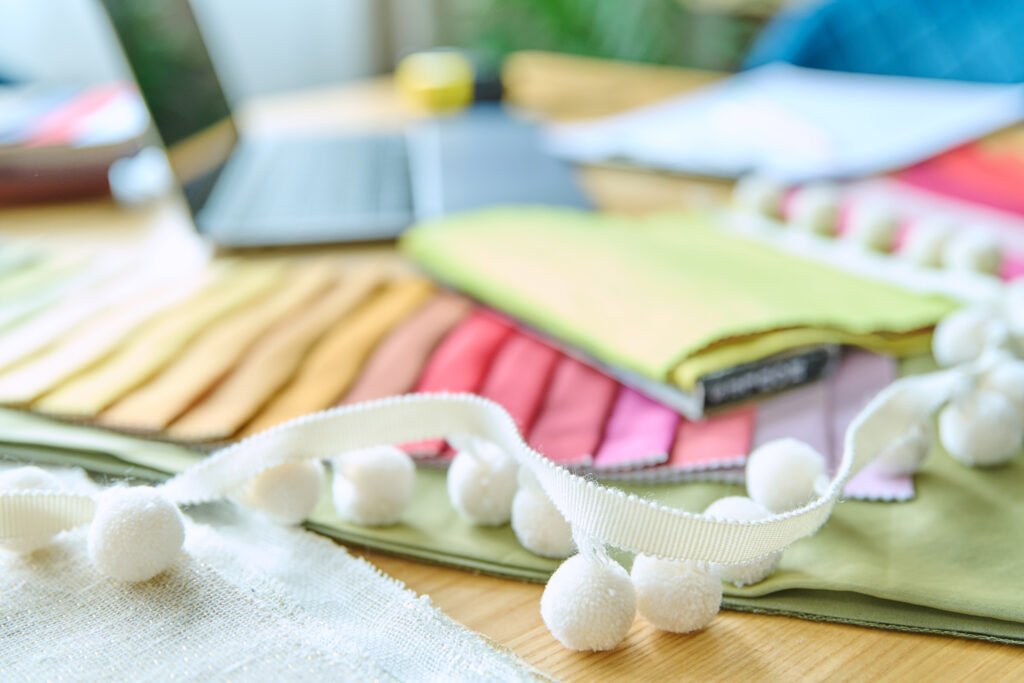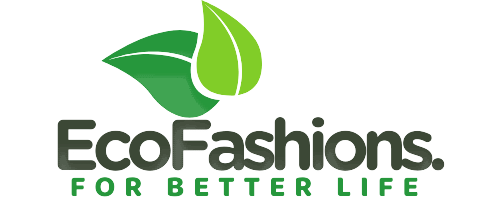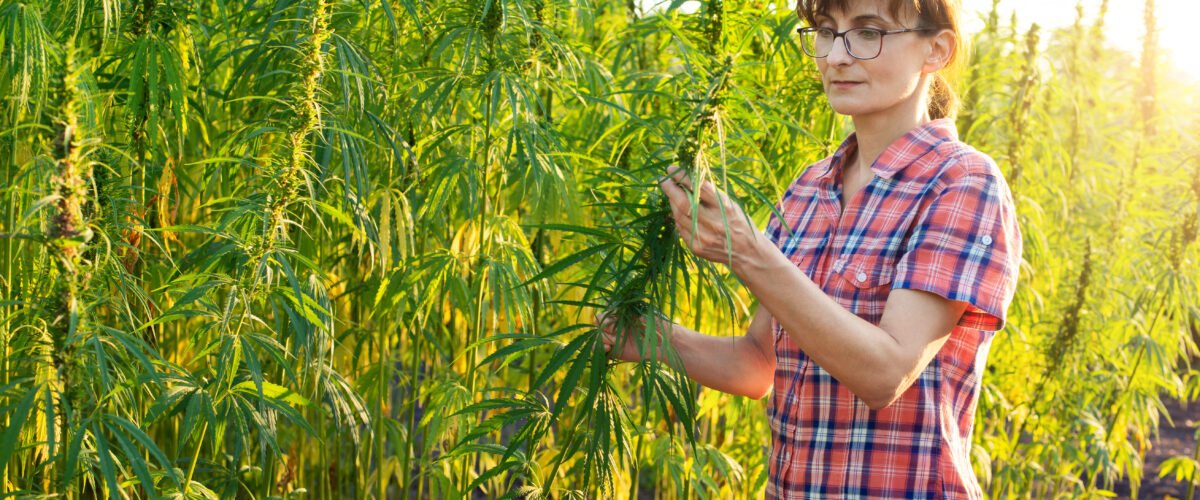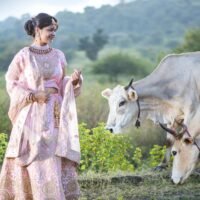The Sustainable Luxury of Organic Fabric
The rise of organic fabric has ushered in a new era of sustainable luxury in the fashion world. These textiles, grown without harsh chemical pesticides or fertilizers, not only provide a plush feel and vibrant colors but also demonstrate a mindful respect for the environment. From silky organic cotton to lustrous organic linen, these materials offer an indulgent yet eco-friendly choice. Every stitch carries the essence of ethical production methods that prioritize soil health, water conservation, and worker welfare. Organic fabrics have redefined luxury, intertwining opulence with environmental consciousness, allowing style mavens to wrap themselves in beauty while treading lightly on the planet.

The Sustainable Beauty Of Organic Fabric Material
In recent years, the fashion and textile industry has seen a significant shift towards sustainability, with a growing emphasis on organic fabric materials. These materials, sourced from natural fibers grown without the use of synthetic pesticides, fertilizers, or genetically modified organisms (GMOs), offer numerous environmental and health benefits. This comprehensive guide delves into the intricacies of organic fabric materials, exploring their types, benefits, production processes, and impact on the environment and consumers.
Types of Organic Fabric Materials
Organic fabric materials encompass a variety of natural fibers, each with unique properties and uses. The most prominent types include:
Organic Cotton: One of the most widely used organic fibers, organic cotton is grown using methods that have minimal environmental impact. It is free from harmful chemicals and pesticides, making it a healthier option for both farmers and consumers. Organic cotton is known for its softness, breathability, and durability, making it ideal for clothing, bedding, and baby products.
Organic Linen: Derived from the flax plant, organic linen is highly regarded for its strength, absorbency, and hypoallergenic properties. It requires fewer pesticides and less water than cotton, making it a more sustainable choice. Organic linen is commonly used in garments, home textiles, and upholstery.
Organic Hemp: Hemp is a fast-growing plant that requires minimal water and no pesticides. Organic hemp fabric is durable, breathable, and naturally resistant to mold and ultraviolet light. It is used in a variety of products, including clothing, accessories, and home furnishings.
Organic Wool: Sourced from sheep raised on organic farms, organic wool is free from synthetic chemicals and GMOs. It is biodegradable, renewable, and has natural insulating properties, making it suitable for garments and home textiles. Organic wool also offers benefits like moisture-wicking and temperature regulation.
Organic Bamboo: While bamboo is naturally fast-growing and sustainable, the process of converting bamboo into fabric can sometimes involve chemicals. However, organic bamboo fabrics are produced using eco-friendly methods, ensuring a lower environmental impact. Bamboo fabric is soft, antibacterial, and highly absorbent, making it popular for clothing and towels.
Benefits of Organic Fabric Materials
The adoption of organic fabric materials offers several benefits, both for the environment and for human health:
Environmental Impact: Organic farming practices reduce pollution and soil erosion while conserving water and promoting biodiversity. By avoiding synthetic chemicals, organic fabric production minimizes the release of toxins into the environment, protecting ecosystems and wildlife.
Healthier for Consumers: Organic fabrics are free from harmful chemicals that can cause skin irritations and allergic reactions. They are safer for individuals with sensitive skin and for babies and young children.
Sustainable Farming Practices: Organic farming supports sustainable agriculture by enhancing soil fertility and reducing reliance on non-renewable resources. It promotes the use of crop rotation, composting, and other regenerative practices that improve soil health and productivity.
Fair Trade and Ethical Production: Many organic fabric producers adhere to fair trade principles, ensuring fair wages and safe working conditions for farmers and workers. This ethical approach fosters social sustainability and community development.
Higher Quality: Organic fabrics often undergo less processing and are made from higher-quality fibers, resulting in longer-lasting, more durable products. This reduces the frequency of replacements and contributes to a lower overall environmental footprint.
Production Processes of Organic Fabrics
The production of organic fabric materials involves several key steps, each designed to minimize environmental impact:
Cultivation: Organic fibers are grown using sustainable farming methods. For example, organic cotton is cultivated without synthetic pesticides, using natural pest control methods and organic fertilizers.
Harvesting: Fibers are harvested by hand or using mechanical means that do not harm the environment. For instance, organic wool is shorn from sheep using humane practices that ensure animal welfare.
Processing: The processing of organic fibers into fabric involves eco-friendly techniques. Mechanical methods are often preferred, and any chemicals used must comply with organic standards. For example, organic cotton is typically spun and woven using natural processes that do not involve harmful substances.
Dyeing and Finishing: Organic fabrics are dyed using natural or low-impact dyes that do not contain toxic heavy metals or harmful chemicals. The finishing processes, such as bleaching and softening, are also conducted using environmentally friendly methods.
Environmental and Consumer Impact
The shift towards organic fabric materials has a profound impact on both the environment and consumers. Environmentally, it leads to reduced chemical pollution, lower greenhouse gas emissions, and enhanced biodiversity. For consumers, organic fabrics offer a healthier, more sustainable alternative to conventional textiles, aligning with the growing demand for eco-conscious products. By choosing organic fabrics, consumers can reduce their ecological footprint and support sustainable practices within the textile industry.
Organic fabric materials represent a pivotal advancement in the move towards sustainable fashion and textile production. By understanding the types, benefits, and production processes of these materials, consumers and businesses alike can make informed choices that promote environmental stewardship and health. As the demand for sustainable products continues to rise, organic fabrics stand out as a key component in the journey towards a greener, more ethical future.









Recent comments
-

trendy clothes
Link exchange is nothing else but it is…
-

Michael Schoeninger
What are some good Tumblr blogs that allow…
-

Proxies cheap price
I simply wanted to jot down a brief…
Add a comment...